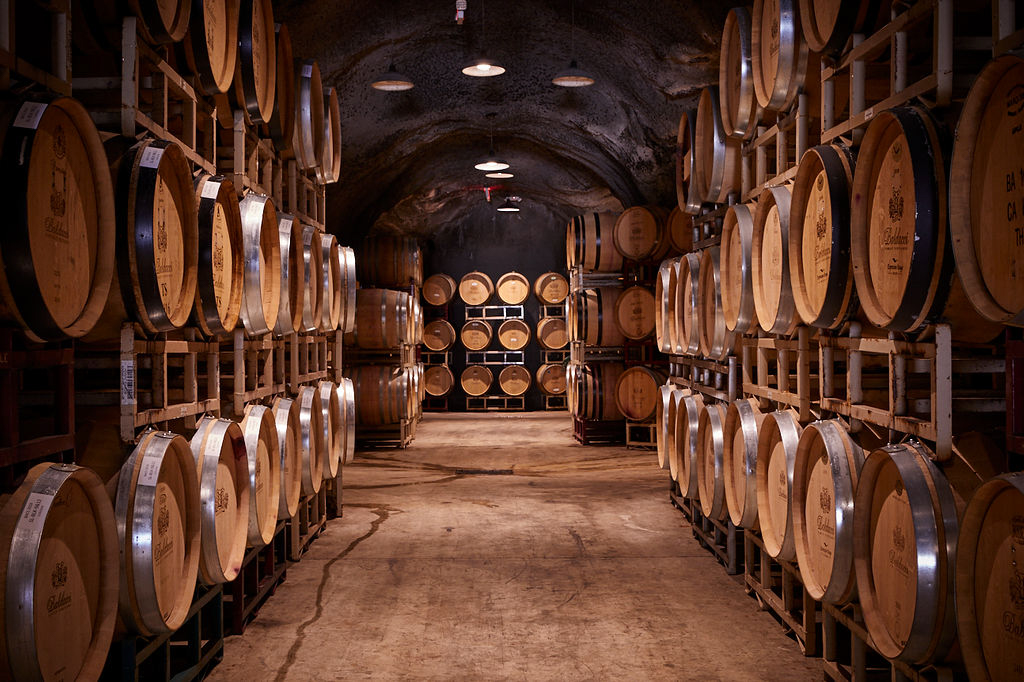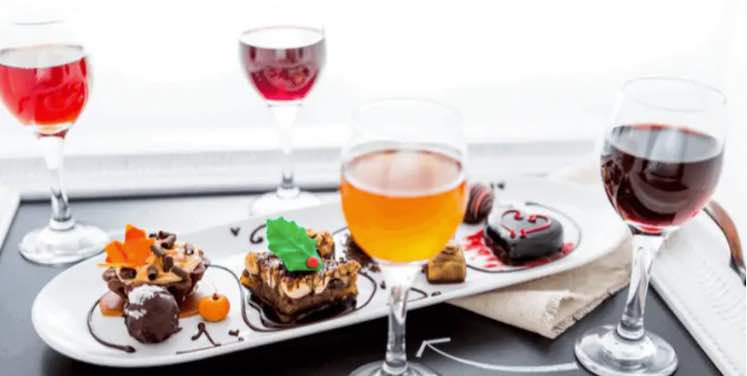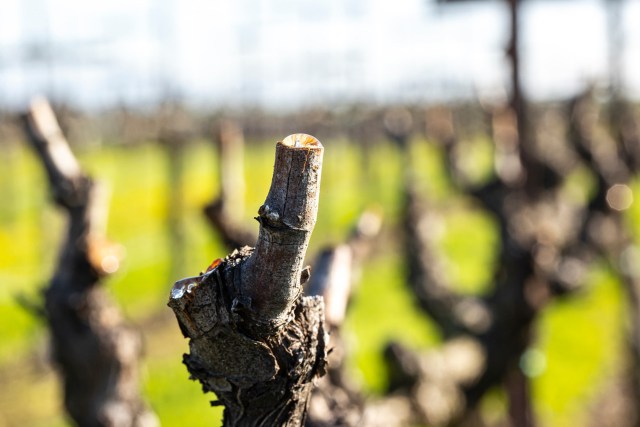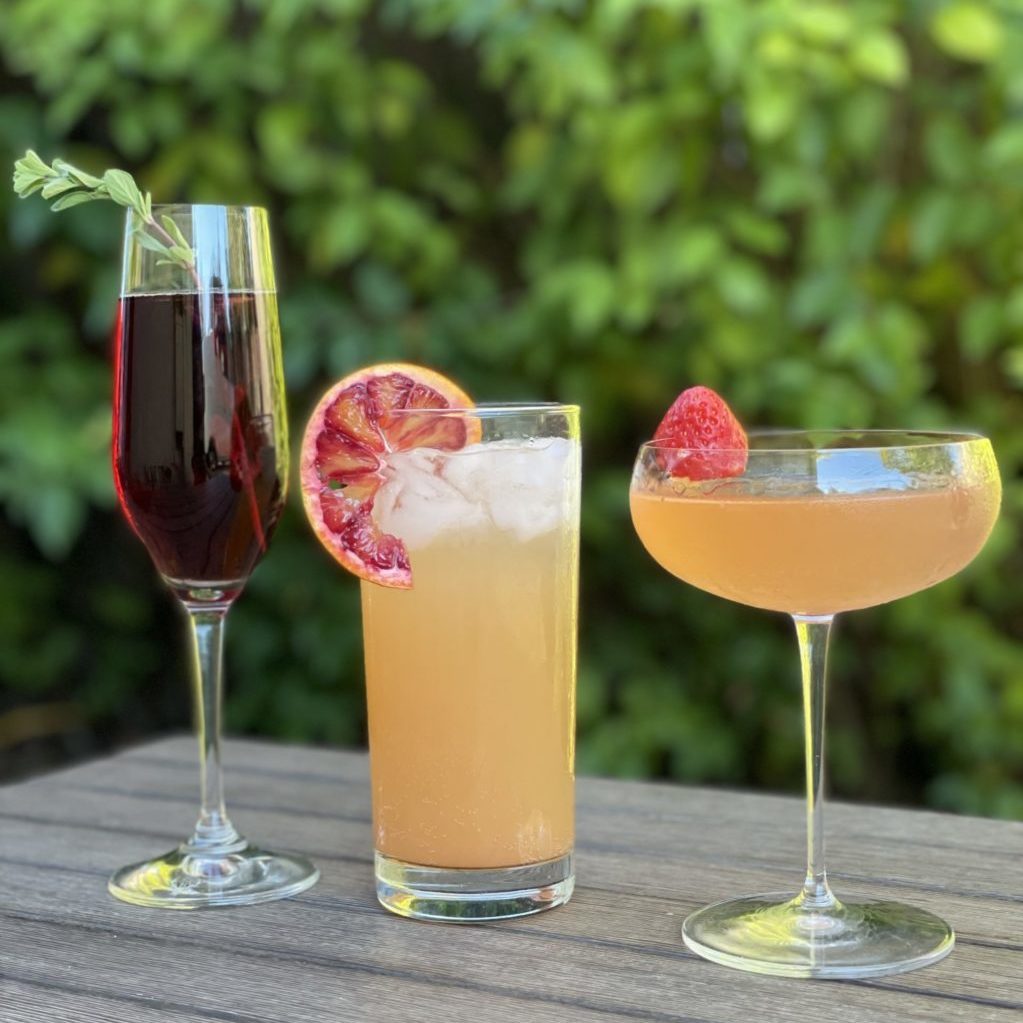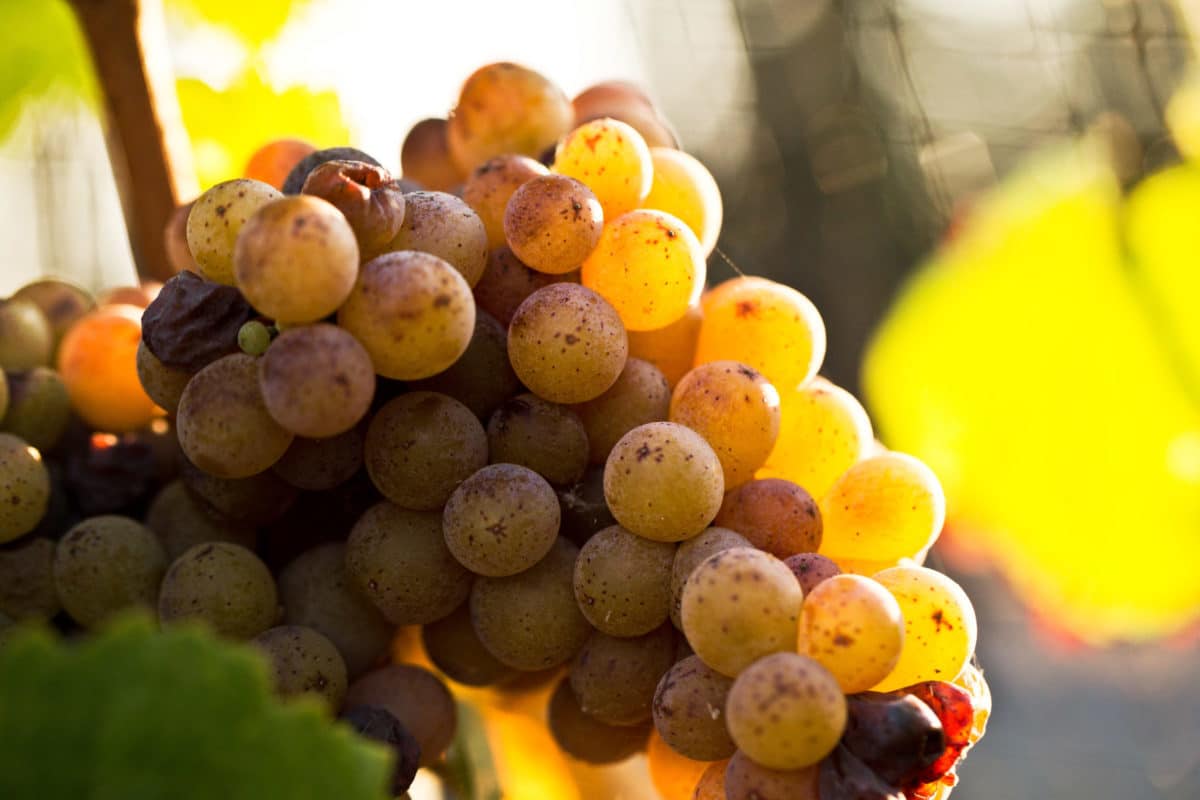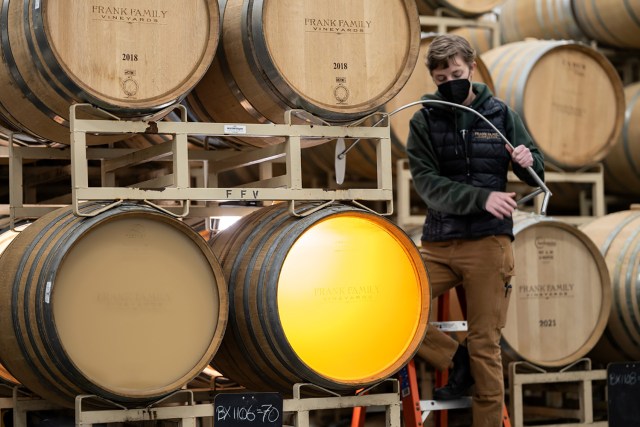One of the most common remarks we hear about our Chardonnay is how evenly balanced it is. For a wine to be classified as “balanced” it means that all the different components are working together in harmony. In other words, the alcohol, acidity, tannin, sweetness, and fruit concentration are all well orchestrated, without any one of those components being overly dominant. Creating a balanced Chardonnay does not just happen automatically – it requires a specific process of monitoring the wine and consistently interacting with it to balance out the individual components. This process, known as bâtonnage, is a French-inspired style of winemaking that goes back centuries and can be seen in some of the best Chardonnays in the world.

What is Bâtonnage?
Bâtonnage is a process specific to Chardonnay that allows a winemaker to displace the expired yeast cells at the bottom of a barrel throughout the wine barrel through gentle agitation. The winemaker uses a long metal tool that is inserted through the bung hole of a wine barrel and is then used to softly stir the wine. The sediment that builds up at the bottom of the wine barrel is known as lees, which is just another word for dead or residual yeast cells. By dispersing the lees throughout the wine in the barrel, it allows for an even texture and flavor to be imparted to the Chardonnay. Similar to your morning coffee, you wouldn’t just put the cream in and let it rest at the bottom – you would use your spoon and stir the cream to evenly distribute it throughout the coffee. That essentially is the bâtonnage process with wine. Ironically, the process of balancing the Chardonnay is a balance in itself. The winemaker can’t just go in every day and apply bâtonnage to the Chardonnay – that will sacrifice the freshness of the wine. This process is typically done once a week with the winemaker knowing exactly the right amount of stirring that is needed to achieve the perfect balance in the wine.
We take great pride when we hear comments that our Chardonnay tastes incredibly balanced. Not every winery uses the bâtonnage process, but as a small winery we have the opportunity to take many labor intensive extra steps to ensure the quality of wine we aim to produce. It is gratifying to hear that our extra steps are not going unnoticed.

